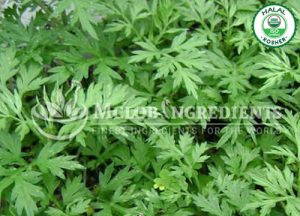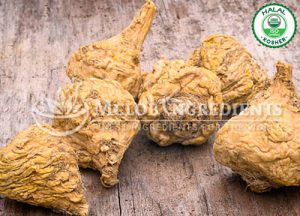Despite its tropical appearance, it pops out of the ground in May, is native to the southeastern United States, and can be seen growing along roadsides, open fields, and even in some wooded areas, hence the passionflower, also known as the Maypop. Mostly they are climbing or prostrate vines with grasping tendrils. Some are trees or shrubs. The plants of passionflower can be herbaceous or woody. A single plant may produce a diversity of leaf shapes, the simple leaves are entire or lobed. The passionflower blossom varies in form from a shallow saucer shape to trumpet-shaped or a long cylindrical tube. It produces at its upper border five sepals, five petals, and many threadlike or membranous outgrowths from the tube-like, which constitute the most conspicuous and beautiful part of the flower, called the corona. It rises a stalk bearing above the middle a ring of five stamens (the male pollen-producing structures) from the base of the inner part of the tube. Above the stamens is the ovary, at the top of which arise three widely spreading styles. Each style ends in a button-stigma, giving an appearance rather like a large-headed nail. The flowers can be small or large and showy. A single compartment of the ovary contains numerous seeds arranged in three groups. They ripen into a berrylike or capsular fruit.
Benefits:
- It is used for anxiety and sleep problems, as well as for pain, heart rhythm problems, menopausal symptoms, and attention-deficit hyperactivity disorder.
- It is applied to the skin for burns,
- It is used to treat hemorrhoids.
- It is used as a sedative.
Side effect:
Common side effects of passionflower include:
- Dizziness
- Drowsiness
- Liver toxicity
- Nausea/vomiting
- Confusion
- Prolonged QT interval
- Vasculitis
- Pancreas toxicity
- Altered consciousness
- Loss of coordination
- Fast heart rate
Dose:
In General Dosing, Dried form, 0.25-2 g orally three times daily
In Tea,1 cup orally two to three times daily and 30 min before bedtime; 0.25-2 g/150 ml water
In Liquid Extract,0.5-1 ml orally three times daily; 1:1 in 25% alcohol
In Tincture,0.5-2 ml orally three times daily; 1:8 in 45% alcohol
Precaution:
Passionflower should not be taken by pregnant women because it may stimulate the uterus and potentially induce labor. People expecting to undergo surgery should stop taking passionflower at least two weeks before the procedure.
Drug interaction:
It mostly does not interact with many drugs, but take caution when taken with sedative medicine, it increases sleep and many more symptoms. It can be taken by the physician’s direction.







